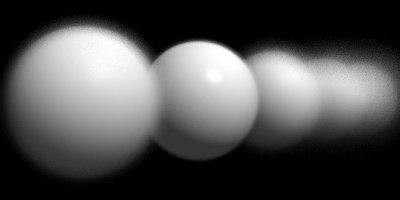以下、引用・転載、すみません。活用の参考にしてください。
ありがとうございます。
--------------------------------------------
Question2. 「ラジオシティができねえぞ (゚Д゚)ゴルァ!! 」
[レンダリング設定]の[基本設定]の[ラジオシティ]を"true"にします。
その上で[レンダリング設定]の[ラジオシティ]の[拡散深度]に"0"以外の値を設定します。
適当に。6とか8とか。
Beginner's modeではラジオシティダイアログが出てこないので注意。
Question3. 「なんかレンダリングした画像が白っぽいぞ (゚Д゚)ゴルァ!!」
Metasequoiaで作成されたものはデフォルトで周囲光(環境光)が0.25に設定されています。
面倒ですが1つずつ0に設定します。
Metalight2最新版ではこの問題は解決されてます。
Question4. 「各パラメーターの初期値が判るという私家版lang.iniはいずこに?」
各パラメーターの初期値が判るという超便利.iniファイルはBlackBoxLaboratory で公開されています。
Metalight2最新版にはバンドルされたらしい。
BlackBoxさんに感謝!
Question5. 「ソフトライトで変な縞ができるぞ (゚Д゚)ゴルァ!!」
[ライトダイアログ]の[影の粒子補正]をあげるといいです。適当に0.4とか0.6とか。最高が1です。
ついでに[ライトダイアログ]の[影の詳細度]もあげるといいかも。512とか1024とか。あげ過ぎるとかなり時間かかるス。
-------------------------------------------------
Lightflow Material Lab.
Lightflowの材質設定についてのふにゃ的documentです。
generic"材質
http://web.archive.org/web/20030829091204/www.karin.sakura.ne.jp/~platinum/lightflow/generic.html
•"standard"材質
http://web.archive.org/web/20031130133932/www.karin.sakura.ne.jp/~platinum/lightflow/standard.html
•"physical"材質
http://web.archive.org/web/20031030205857/www.karin.sakura.ne.jp/~platinum/lightflow/physical.html
とても素晴らしくまとめてあります。ありがとうございます。

